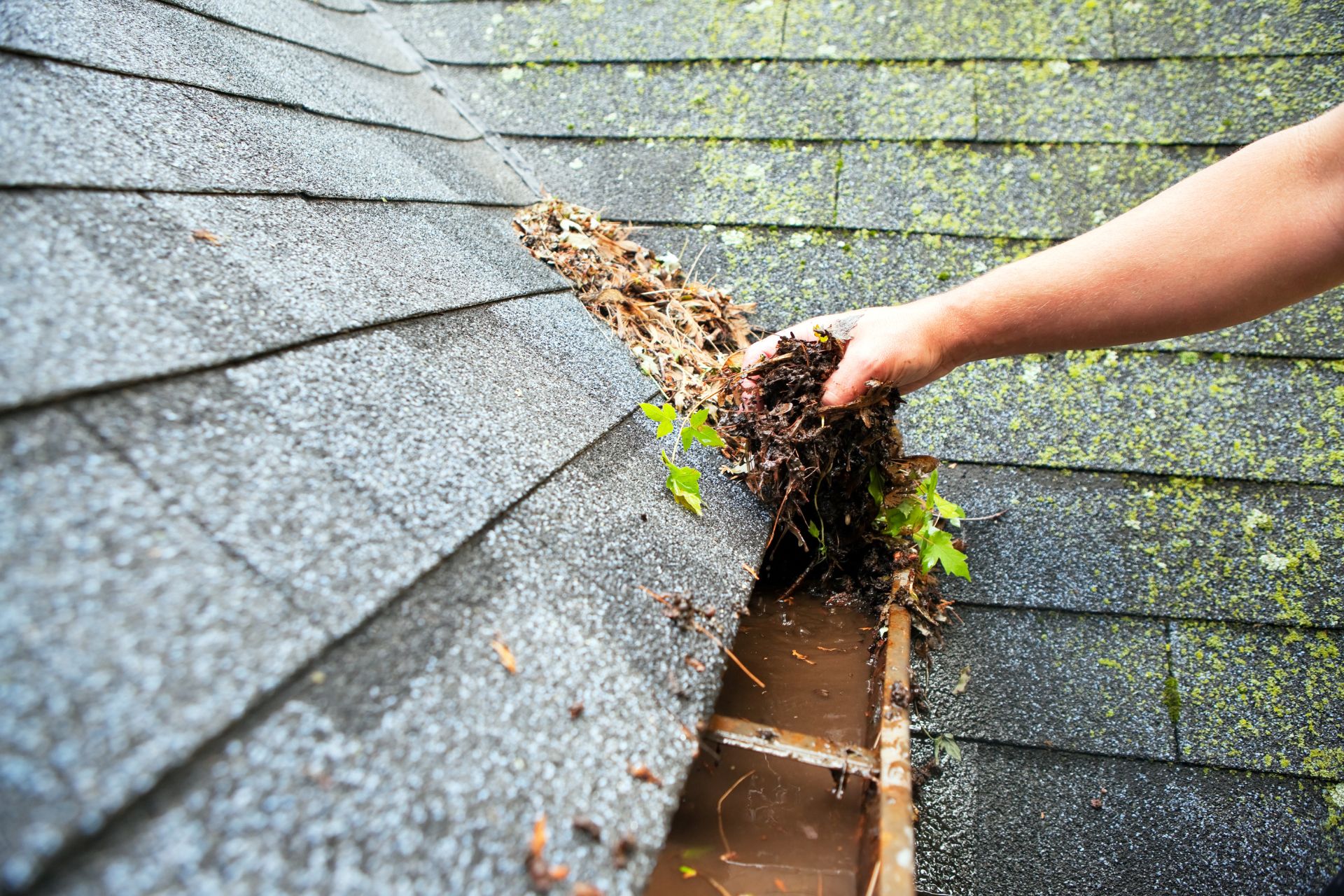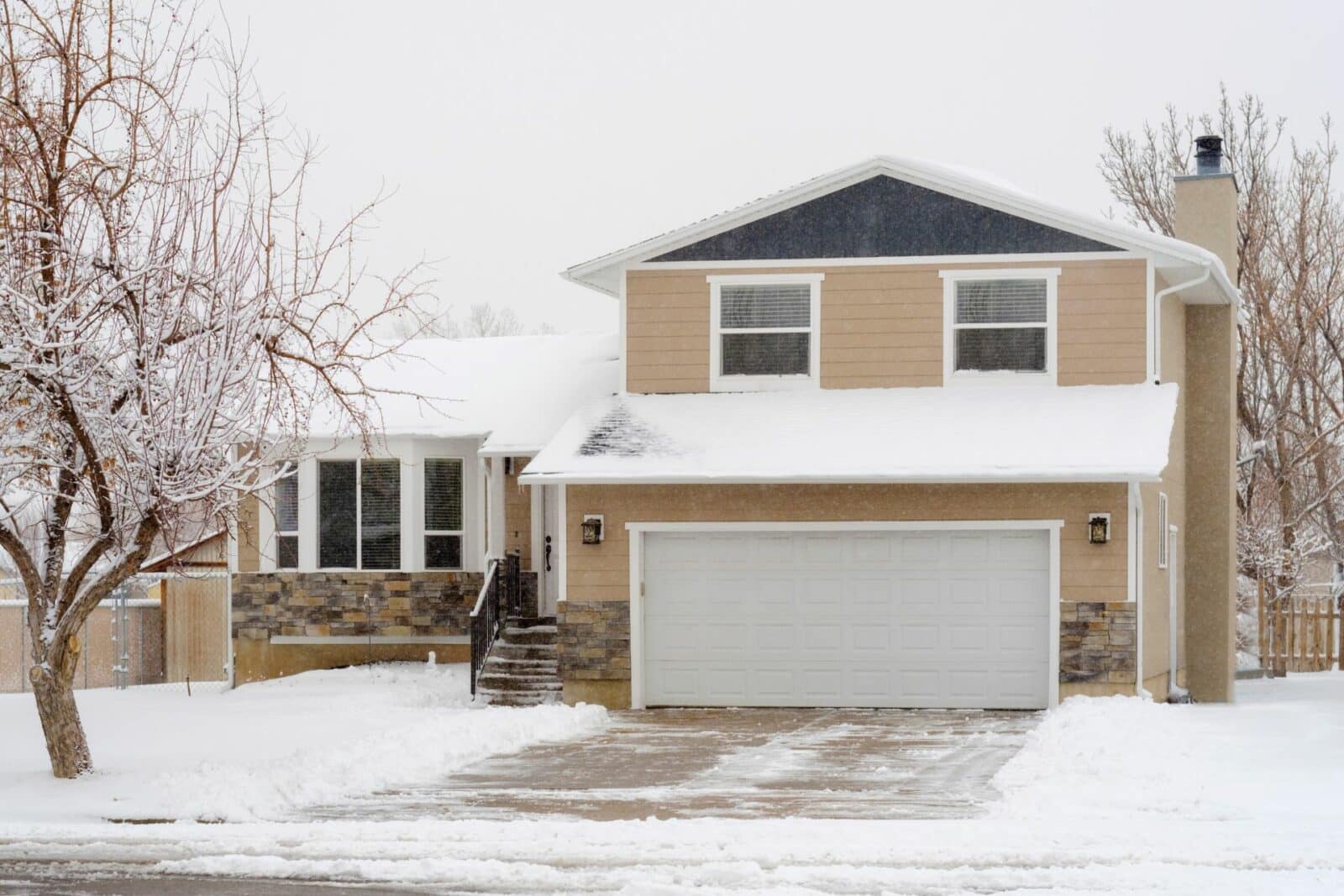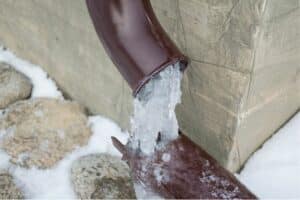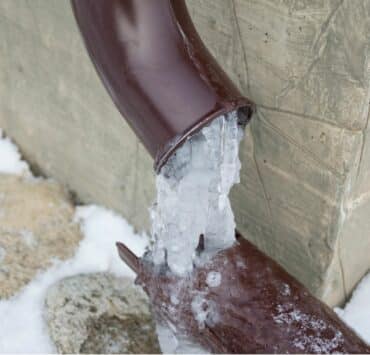Wondering how to winterize a house? Here’s all the information to help you out beforethe onset of winter.
Preparing your home for winter serves the dual purpose of preventing increased energy expenses and shielding it from potential cold weather and snow-related damage. Here’s a guide on effectively winterizing your home to help it navigate through the season smoothly.
When to Winterize Your House?
The ideal time to commence the winterizing process is early fall, allowing ample time for a DIY approach or scheduling professional services. If opting for professional help, consider arranging appointments in advance, possibly during the summer, to ensure timely completion before the weather takes a turn for the worse.
Tools and Materials:
Tools:
- Ladder
- Telescoping gutter wand
- Door sweep
- Faucet covers
- Furnace filter
Materials:
- Snowblower, shovels, and other snow removal tools
- De-icing agents
- Caulk gun
- Window film
- Door sweeps
How to Winterize a House?
Clean the Gutters

Gutters play a crucial role in directing water away from your home. Ensure they are free of debris before the first snowfall. Utilize a telescoping gutter wand for efficient cleaning.
Expert Tip: A telescoping gutter cleaning wand can be greatly beneficial here.
SHOP TELESCOPING GUTTER CLEANING WAND HERE
Inspect the Roof and Attic
Address any roof repairs to prevent leaks. Add or replace insulation in the attic to minimize drafts.
Expert Tip: Ensure to wear protective gear such as gloves and eyewear while inspecting roof and attic areas.
Check the Chimney
For those with fireplaces, ensure the chimney is clear and safe. Consider hiring a chimney sweep for a thorough inspection.
Expert Tip: Inflate a chimney balloon if you do not use your fireplace actively. This will help in keeping the cold out.
Weatherproof Windows and Doors
Combat drafts by replacing weatherstripping and applying caulking to gaps around windows and siding. Use window film for added insulation, and install door sweeps to prevent drafts.
Expert Tip: Identify drafts by holding a lit candle a few inches from a window or door. If the flame goes out, use caulking or weatherstripping to seal the detected draft.
Protect the Pipes
Prevent the potential havoc of frozen pipes during winter with these proactive measures:
- Familiarize yourself with the location of your main water shutoff for quick access during emergencies.
- Safeguard against freezing by draining water from outdoor sprinkler systems and garden hoses. Disconnect and store garden hoses in a garage or shed, and cover outdoor faucets.
- Mitigate the risk of frozen pipes by promptly fixing or replacing any broken windows that could allow cold air into a room, especially in the basement.
- Secure your home against winter chills by walking the perimeter and closing off any vents that may have been opened during warmer weather.
Expert Tip: When away from home during winter, ensure your thermostat is set to approximately 55 degrees Fahrenheit. Utilizing a programmable thermostat simplifies the task of maintaining the optimal temperature, preventing the risk of frozen pipes.
Service the HVAC System
Prioritize a furnace filter replacement and schedule HVAC service to guarantee optimal performance. Consider scheduling during the summer to avoid peak-season service delays.
Expert Tip: For those residing in regions with four distinct seasons, it is advisable to schedule HVAC servicing twice a year to ensure optimal functioning during both cold and hot weather conditions.
Prepare Your Patio and Deck

Shield outdoor furniture with weatherproof covers or store it in a garage. Apply a fresh coat of sealant to wooden decks for protection against wet weather.
Expert Tip: Certain patio furniture can withstand cold weather without sustaining damage, contingent on the material it’s constructed from. Teak furniture, for instance, is resilient enough to endure winter conditions, unlike furniture crafted from other types of wood. When uncertain, it’s advisable to cover or store your outdoor furniture.
Ensure Snow Removal Tools Are Accessible
Confirm that snow removal tools, including shovels and de-icing agents, are easily reachable before the first snowfall.
Expert Tip: If you’re in need of new shovels or a snow blower, make your purchase any time of the year except during winter. Supplies are scarce and prices are higher during the snowy season. Your optimal opportunities for finding a sale are either before or after winter, but be aware that waiting until after the winter may result in limited inventory.
When to Call a Pro?
While winterizing can be a DIY project, professionals, such as general contractors, can expedite the process. If opting for a DIY approach, start early and address any potential hazards promptly. If issues arise, calling in a professional ensures a safe and warm home throughout the winter.









